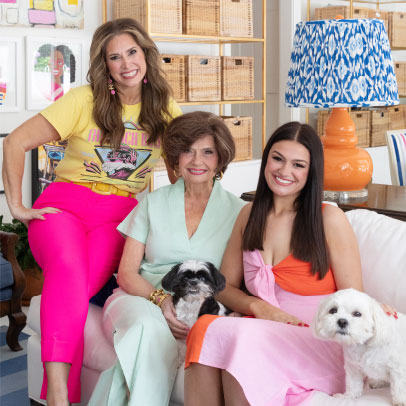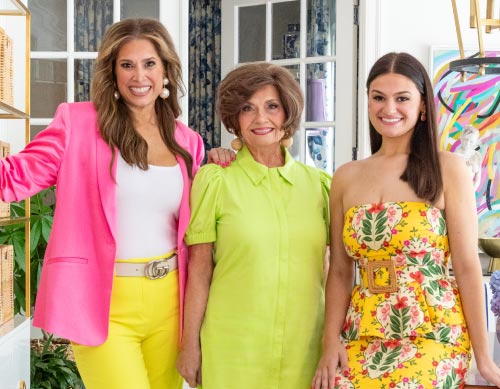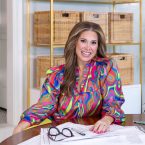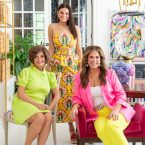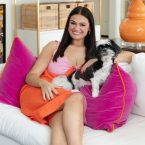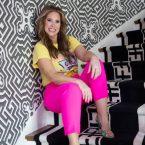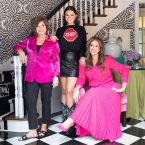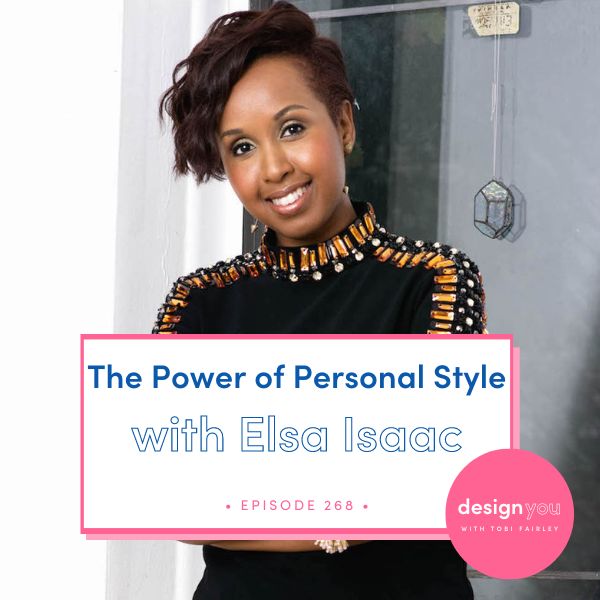
Is your personal style something that’s holding you back? Do you feel like your style isn’t quite aligned with who you’re becoming in business? Are you stuck trying to figure out how to best express yourself and your brand through your wardrobe?
I’m thrilled to introduce you to Elsa Isaac this week, an NYC-based fashion and image stylist who believes style is all about self-expression. As a seasoned pro with 20+ years in the fashion industry, Elsa has built a noteworthy portfolio, having bestowed her style magic on everyone from Rachel Rodgers to Lenny Kravitz. She now revamps wardrobes for successful career women and entrepreneurs like you, and she’s here to talk all things personal style.
Join us on this episode as Elsa and I dive into the power of personal style and why it’s essential for your business. You’ll hear why feeling misaligned in your personal style holds you back, and how up-leveling your style has the power to amplify you and your business in so many ways.
My new e-commerce shop is launching on June 1st 2023! Follow Fairley Fancy on TikTok and Instagram to follow along with the launch, stay up to date with details of giveaways, and all the good stuff.
If you’re an interior designer or creative looking to up-level your business, I have something for you. It’s my Build a Better Business Guide. Burnout, undercharging and the feast and famine cycle are rampant in the design industry but there’s a better way to run your business. Click here to get my manifesto and guide that will have you on your way to a business with more ease, more joy, and more money.

